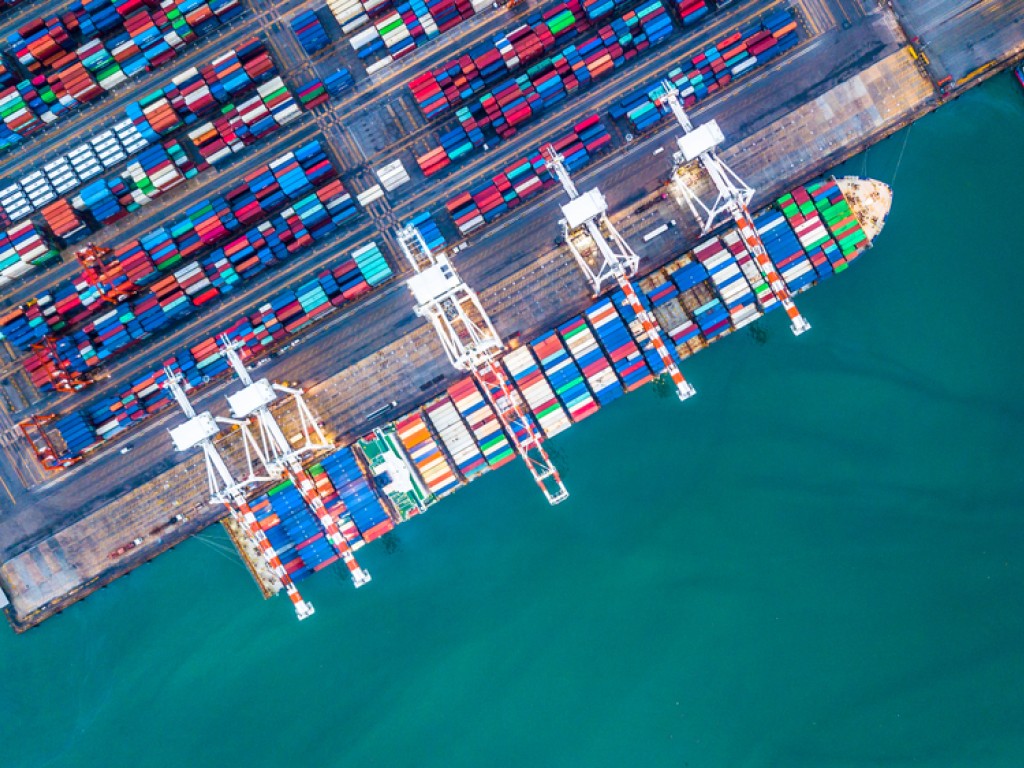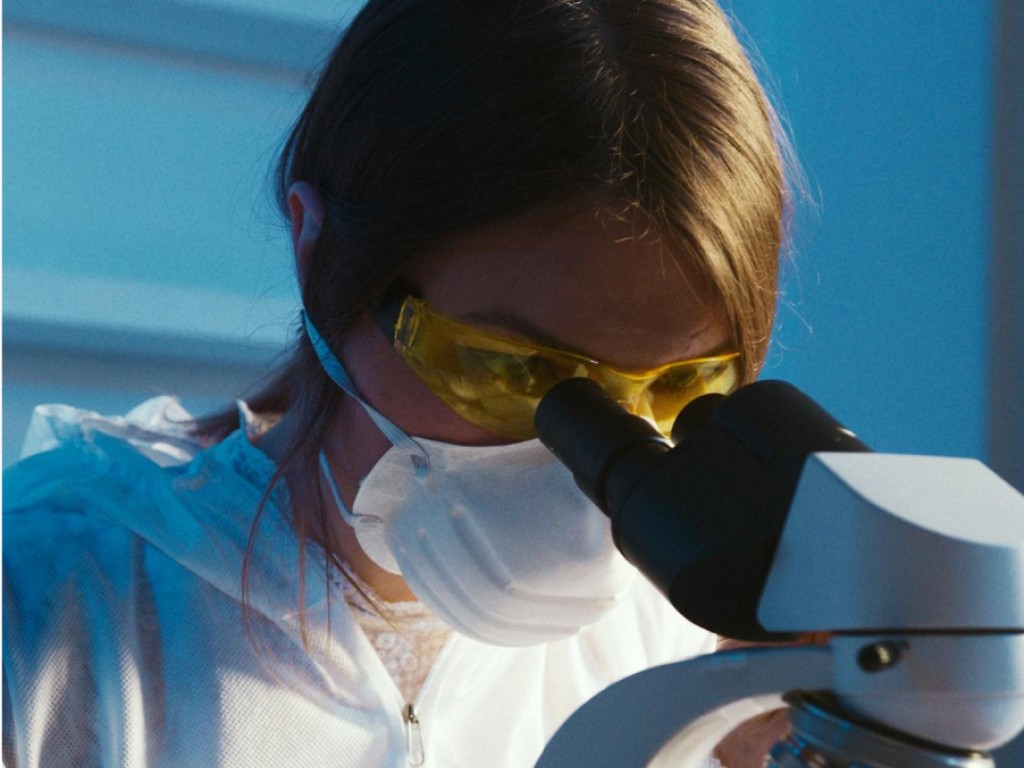The Netherlands earns much of its money abroad, which means that Dutch companies need to be internationally active and competitive. Innovation and renewal play an important role in creating and entering new markets. Social challenges such as care and health, climate and sufficient clean water also require solid solutions and a lot of cooperation between companies, knowledge institutions and the government.
Why Does the Netherlands Have Top Sectors?
From 2008 to 2011, there was a global financial crisis. Confidence in the financial sector declined and the Netherlands entered a recession. As the economy deteriorated, the government made cuts, companies postponed investments and a lot of innovation came to a standstill. The top sectors were set up to jointly organise and revive that innovation and investment.
In 2011, the formation of the top sectors was therefore started.
The Netherlands has a strong international presence in these sectors. For example, because of the knowledge we have built up within these sectors, the quality of scientific research in the Netherlands or by developing the best products and services.
Figures and economic analyses on the top sectors and missions can be found on the Business Policy in Focus website.
What Do the Top Sectors Do?
In the top sectors, representatives of business, science and government work together to support innovation and knowledge sharing. The name top sectors refers to the international standing of Dutch knowledge and trade in the fields of energy, water, food production, technology, etc. Top sectors consist of a mix of large companies, SMEs, start-ups and scale-ups. Over 90% of the top sectors are innovative entrepreneurs from small and medium-sized enterprises (SMEs).
In summary, top sectors are working on:
Boosting the Dutch economy with innovations;
Increasing the innovation power of the Netherlands;
Increasing international trade opportunities. The top sectors are ambassadors for Dutch innovations, for example during trade missions;
Solving global challenges. For example, on climate, care, safety, sufficient water and food, which are in high demand;
Invest jointly in applied scientific and social research;
Wide application of innovations (valorisation) and creation of new markets;
Increasing Human Capital to develop, captivate and bind experts and talents.
From Top Sectors to Missions
In 2019, the top sector approach is further developed into a mission-driven top sector and innovation policy. Six ministries challenge entrepreneurs and scientists to come up with ground-breaking solutions that also contribute to the competitiveness of the Netherlands. Increasing economic opportunities is still central, but by solving societal challenges and investing in key technologies. Involving start-ups, innovative entrepreneurs and regions also increases support and chances of success.
Missions are ambitious but concrete goals. Think affordable and accessible healthcare for all, turning waste into valuable raw materials, sustainable food production, a climate-resistant, safe and water-robust Netherlands. Missions make the specific need for research and innovations more concrete, but go beyond normal government policy. Most missions have a duration of 20 to 30 years.
Scientists can use missions to start new research into diseases, new techniques or data. Entrepreneurs can use this knowledge to develop concrete products. The government's intention is to make developing breakthrough innovations easier and shorten the time between development and market. The intention is that these solutions, innovations and technology will help solve global societal challenges. Other countries often face the same challenges as we do, offering new markets and export opportunities.
Because the top sectors have organised themselves strongly in recent years, they know how to find each other quickly. During the corona crisis, this proved extra valuable for quickly linking healthcare needs to Dutch production. Top sectors do not work alone, but especially with each other.
Development of Key Technologies
The missions are fixed for the coming years, but the path towards them is often not. Key technologies play an important role in achieving multiple missions. Consider, for example, smart farming, which allows special sensors to accurately measure how much water, nutrition and light is needed for a crop to grow successfully with as little waste as possible. Laser technologies that allow doctors to operate on their patients as precisely as possible with fewer complications and faster recovery. Smart industry with manufacturing robots that can customise any product at the most competitive price without waste. Key technologies are widely applicable and decisive in every sector to create breakthrough innovations.
Read more about key technologies
Public-Private Partnerships
Within the top sectors, government and knowledge institutions (public) work closely with companies (private) on a joint project. Often for a longer period of time. This is called public-private partnership (PPP). The aim of public-private cooperation is to achieve a better result together. Less risk for the entrepreneur and better solutions with up-to-date expertise from the business community.
Top Consortia for Knowledge and Innovation (TKI)
Top sectors have one or more Top Consortia for Knowledge and Innovation (TKIs). Within a TKI, entrepreneurs and scientists look for ways to bring innovative products and services to the market. They do this with fundamental research, industrial research, experimental development or a combination of these. The TKI ensures that the network is formed, that knowledge is shared and that projects are directed.
Funding Innovation
Innovation, digitalisation, development of new products and services require entrepreneurs with guts and pioneering spirit. Entrepreneurship is therefore central to all top sectors, but this also requires sufficient funding. Getting the necessary funding is not always a given. Entrepreneurs can make use of various schemes that promote innovation and entrepreneurship through the top sectors.
Entrepreneurs within the top sectors can make use of various financial schemes:
Fiscal instruments, such as payroll tax reduction for research and development (WBSO)
Financing and guarantees
Advisory services
Three key financial schemes encouraging innovation through top sectors:
PPS Innovation increases companies' investments in research and development. For every euro a company invests in research and development at a knowledge institution, the Ministry of Economic Affairs and Climate adds €0.30 on top. The allowance must be used by the company for research and development.
WBSO is a tax scheme for research & development that reimburses part of the (wage) costs and expenses of a R&D project.
MKB-innovationstimulering Regio en Topsectoren (MIT), which stimulates innovation in small and medium-sized enterprises across regional borders.

